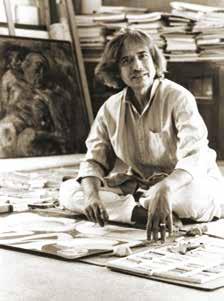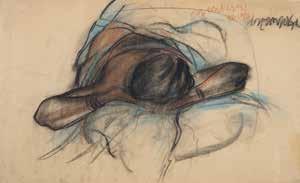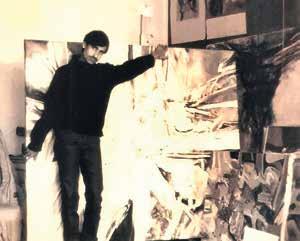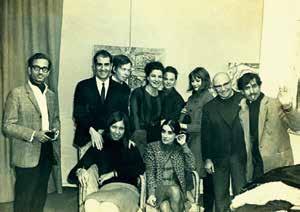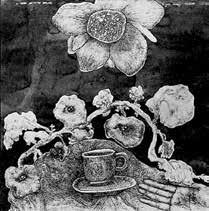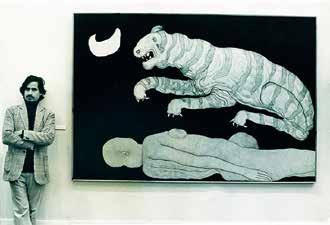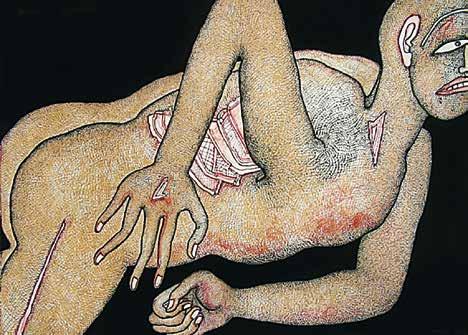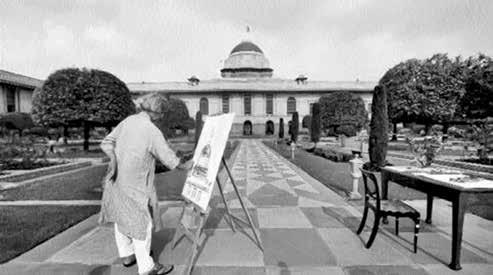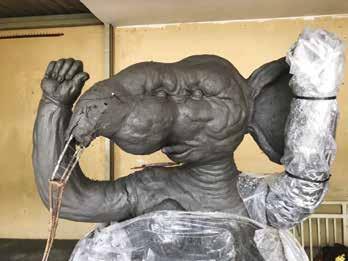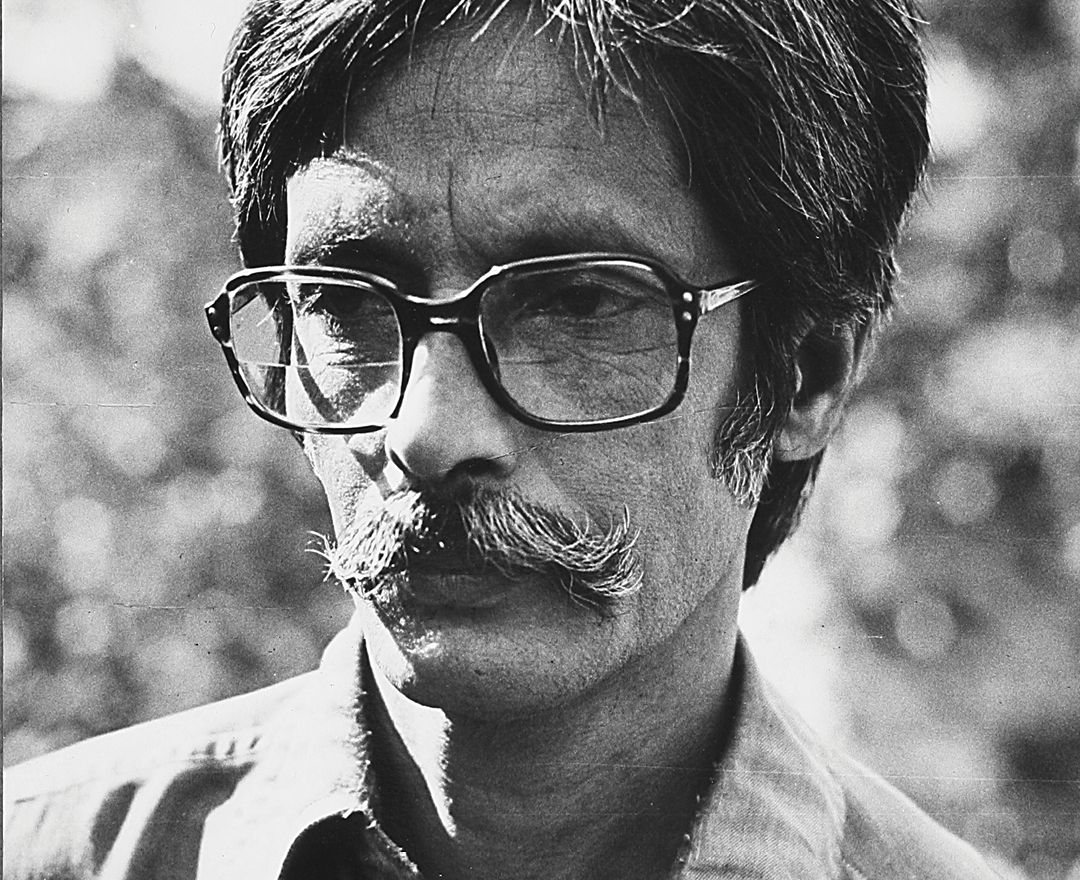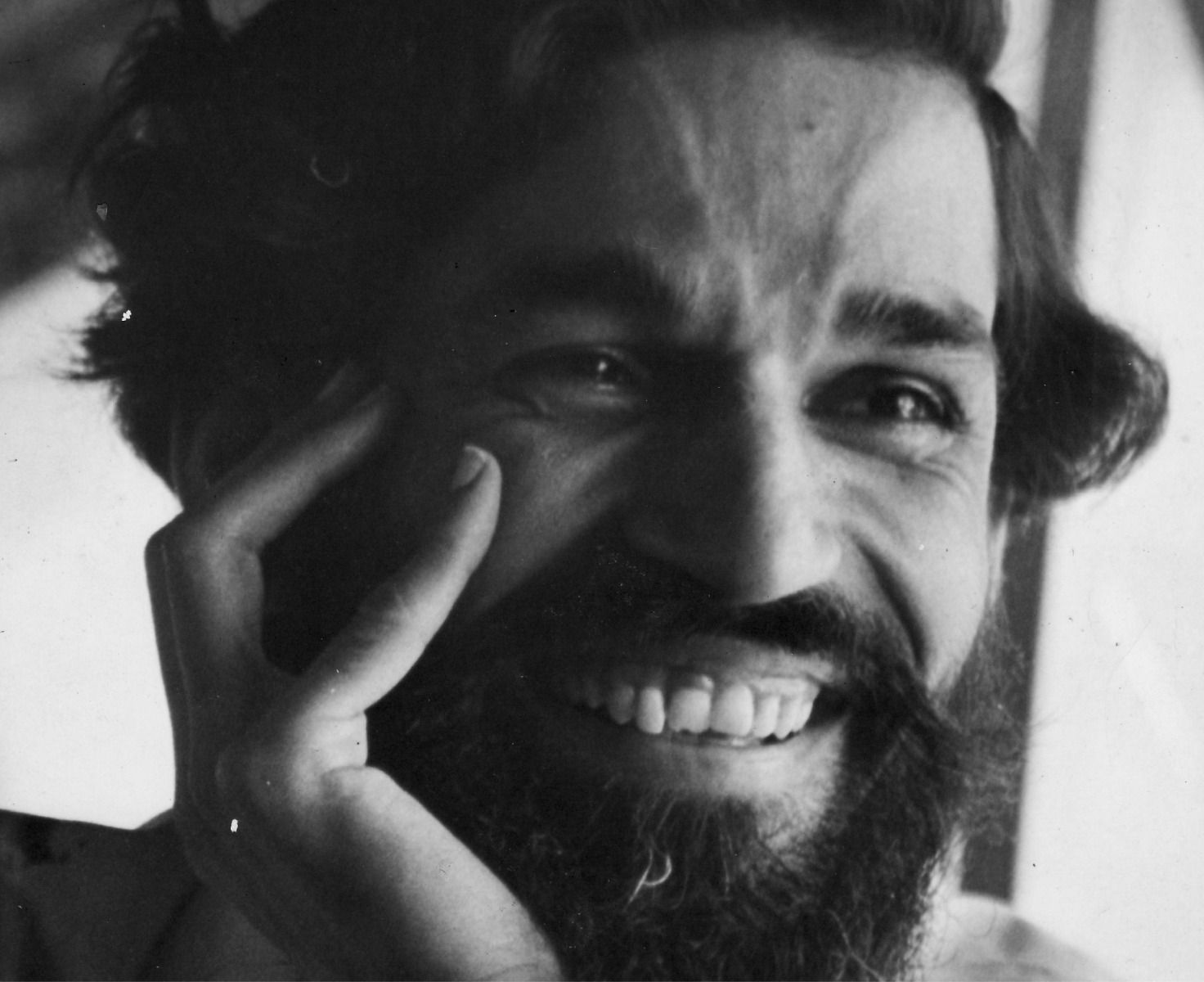JOGEN CHOWDHURY
artist timeline
DAG exhibitions
|
b - 1939 Jogen Chowdhury |
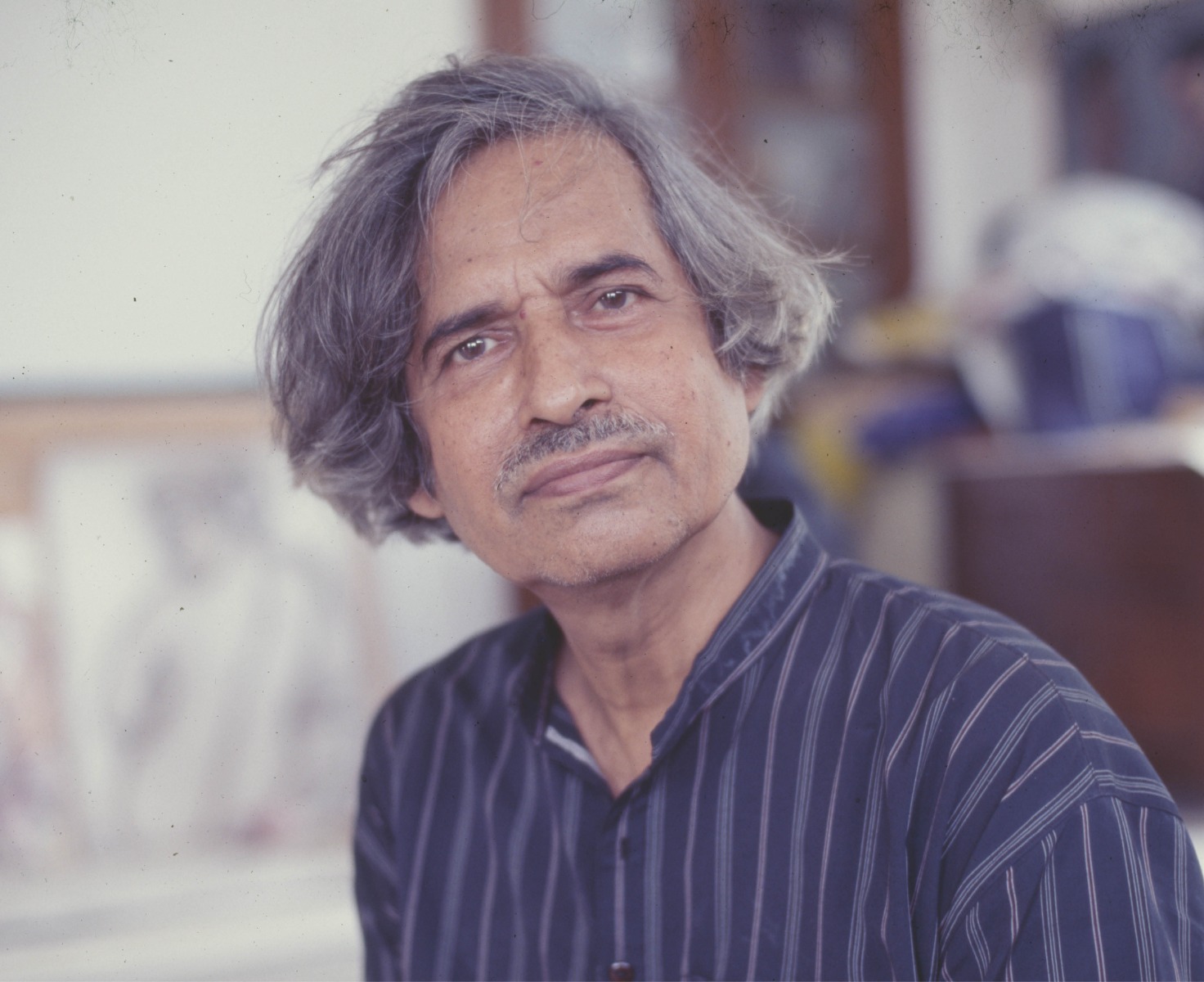
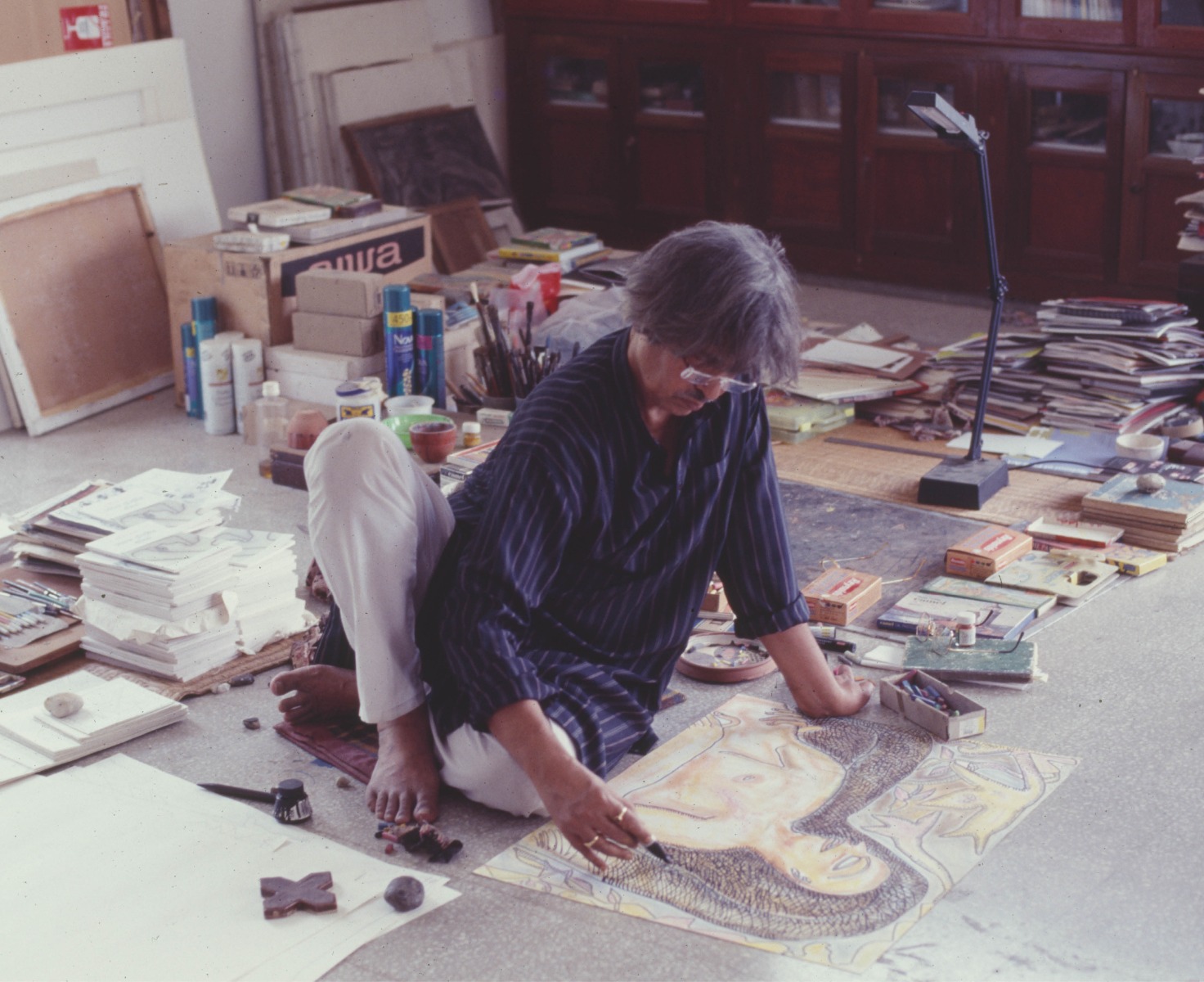

‘When I paint or draw, I also establish a relationship with my subjects. As a social being, it becomes natural’
JOGEN CHOWDHURY
artist timeline
artworks
dag exhibitions
|
The ‘Manifestations’ series of 20th Century Indian Art, Editions V, VI, VII, VIII, X |
|
DAG, New Delhi and Mumbai, 2011-14 |
|
‘The Printed Picture: Four Centuries of Indian Printmaking’ |
|
DAG, New Delhi, 2012; alternate locations in Kolkata, 2013; Mumbai, 2016; Jaipur, 2017; Chandigarh, 2018 |
|
‘The Art of Bengal’ |
|
DAG, New Delhi, 2012; Mumbai, 2014; New York, 2016 |
|
‘The Naked and the Nude: The Body in Indian Modern Art’ |
|
DAG, New Delhi, 2013; Mumbai, 2015 |
|
‘Indian Portraits: The Face Of a People’ |
|
DAG, Mumbai, 2014 |
|
‘India Modern: Narratives from 20th Century Indian Art’ |
|
DAG, New York, New Delhi, and Mumbai, 2015; Chandigarh, 2017 |
|
‘India’s French Connection: Indian Artists in France’ |
|
DAG, New Delhi and New York, 2018 |
|
‘The Sixties Show’ |
|
DAG, Mumbai, 2020 |
|
‘Navrasa: The Nine Emotions of Art’ |
|
DAG, Mumbai and New Delhi, 2020 |
|
‘Ways of Seeing: Women Artists | Women as Muse’ |
|
DAG, New Delhi, 2021 |
|
‘Indian Blue: From Realism to Abstraction' |
|
DAG, New Delhi, 2021 |
|
‘Iconic Masterpieces of Indian Modern Art’ |
|
DAG, Mumbai, 2021 |
notable collections
|
National Gallery of Modern Art, New Delhi |
|
Jehangir Nicholson Art Foundation, Mumbai |
|
Piramal Art Foundation, Mumbai |
|
Government Museum and Art Gallery, Chandigarh |
|
CITI India Corporate Collection |
|
Peabody Essex Museum, Salem, Massachusetts |
|
Glenbarra Art Museum, Himeji |
|
Jane and Kito de Boer Collection, Dubai and London |








